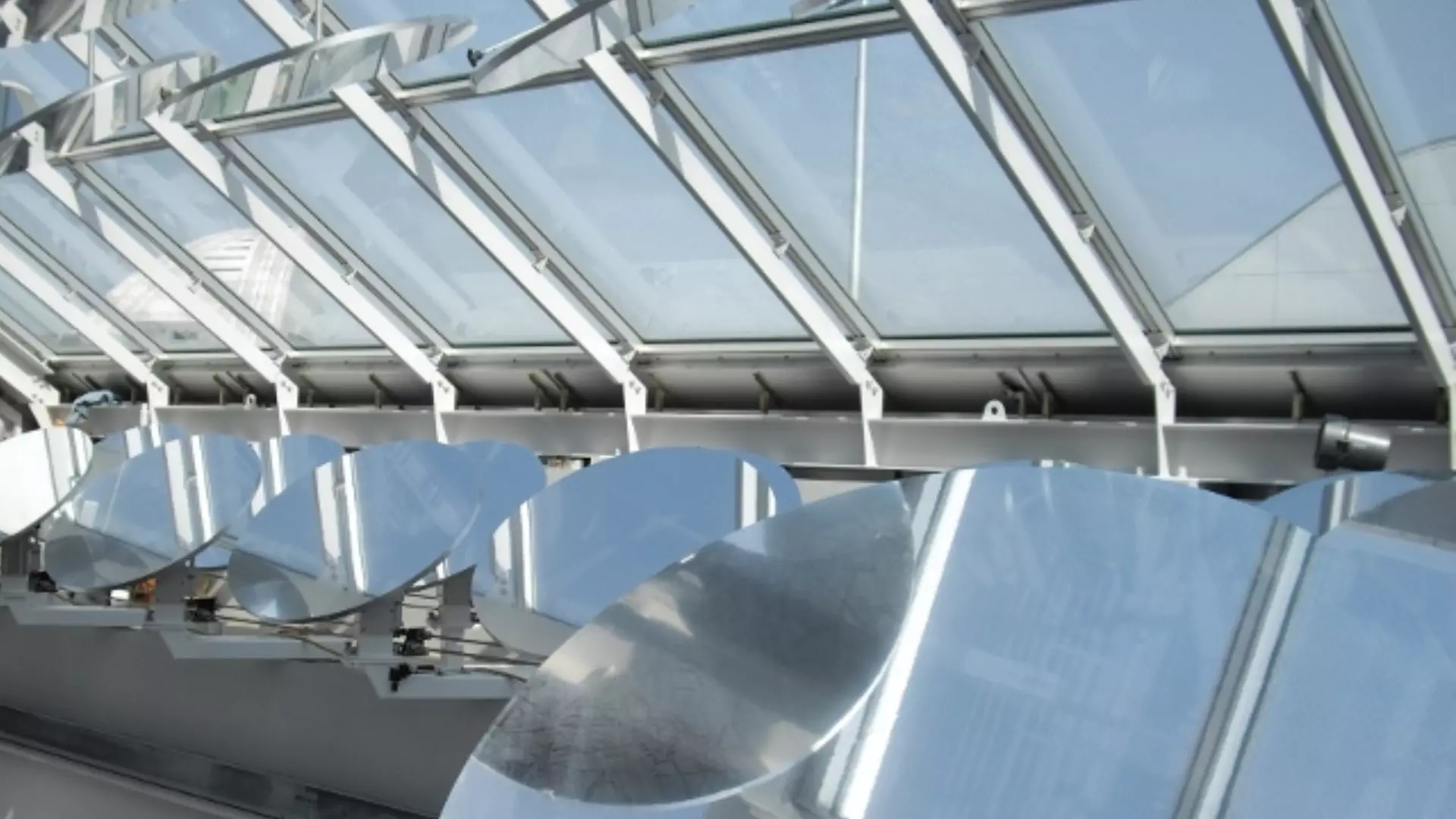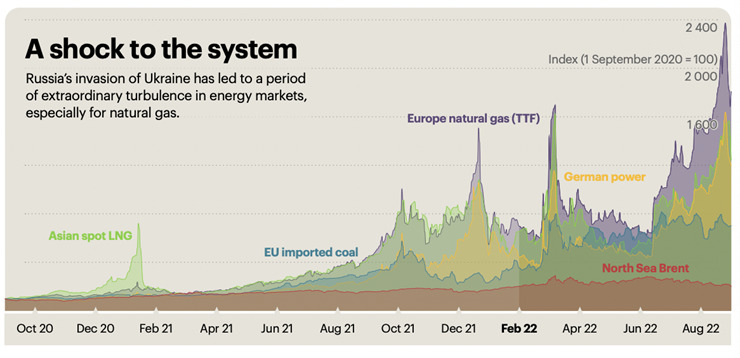PVD and processes
Pvd cladding and daylighting systems, between light pipes and blinds

Natural light has always been a key theme in architecture: an element that plays a leading role both in enhancing an environment and in the livability of a space. Having the correct brightness, in fact, not only maximizes the design impact of a space but also – more importantly – allows for improved visual comfort for anyone inhabiting each room, benefiting from the typical advantages of solar lighting.
Unfortunately, not all indoor spaces are adequately reached by sunlight. In these cases, daylighting systems allow for proper lighting design, channeling and maximizing the reach of solar rays into closed spaces – whether in domestic or work environments.
To further enhance the effectiveness of these solutions, the right materials are essential. Among all, PVD-coated aluminum stands out as the best option, as it can offer greater reflection and improve the efficiency of daylighting.
Daylighting Systems and the European Energy Crisis
According to the World Energy Outlook 2022, the energy crisis resulting from the Russia-Ukraine conflict is impacting the global and European ecosystem aggressively. Rising energy costs are exacerbating differences between those who can and cannot access modern energy systems: the number of people without access to energy has increased for the first time this year, a phenomenon not seen in decades. About 75 million people who recently gained access to electricity risk losing the ability to pay for it, and 100 million consumers may switch to biomass use, especially for cooking.
According to the Stated Policies Scenario (STEPS) Report, global energy demand will increase by about 1% each year until 2030. On the positive side, interest in renewable energy is growing, with European countries increasing their investments in research and experimentation with new technologies.

In this context, maximizing natural light is crucial: optimizing its reach in indoor spaces helps reduce the energy needs of buildings, leading to energy consumption savings.
From Light Pipes to “Smart” Blinds: Daylighting in Practice
The advantages of daylighting systems extend beyond just energy savings. One of the primary benefits of these solutions lies in the visual comfort and mental well-being they provide, making the most of natural light. Natural light regulates biorhythm and allows our bodies to better manage circadian rhythms, with positive impacts on work efficiency, rest, and overall well-being.
For these reasons, daylighting systems are used in a variety of settings and lend themselves to diverse design combinations. Among the most common applications are light pipes: “tubes” that capture sunlight and channel rays through an internally reflective surface that transfers light flow into enclosed spaces.
Another valuable tool for “transporting” natural light indoors is blinds. These go beyond the traditional concept of blinds, serving as smart and advanced systems that capture daylight through walls and reflect it into interior spaces.
The blinds used in daylighting systems consist of shading slats equipped with movement management systems that respond to the sun’s position: thanks to intelligent orientation, these solutions allow maximizing or blocking natural light flow indoors based on building sunlight exposure.
The Central Role of PVD Coating in Daylighting Systems
When it comes to light capture and transport systems, using high-reflection materials makes a difference. As mentioned, PVD-coated aluminum is the most efficient material in this field.
The PVD treatment is able to significantly improve visual performance, reflecting over 98% of solar radiation in the visible light spectrum. This is a crucial factor: when working with natural light, having a material that reflects the entire spectrum uniformly allows for the same visual comfort and, more generally, the same benefits as daylight, also enabling accurate color perception without alterations.
In addition to ensuring high efficiency, PVD coating allows the use of extremely lightweight and versatile materials in daylighting system design. This is also important: using adaptable materials that do not weigh down the building structure makes installation easier and guarantees maximum design freedom.
PVD Coating for Daylighting Systems: Almeco’s Solution
A global leader in producing aluminum components and laminates for the architectural, lighting, solar, and decorative sectors, Almeco relies on ultra-reflective PVD aluminum to take daylighting to a new level.
The flagship product for this type of application is the aluminum surface vega® SP: characterized by a very high reflection in the visible spectrum (over 98%), vega® SP offers significant advantages from a construction and design perspective.
The high reflection of this solution can elevate daylighting system efficiency to the highest levels: in enclosed elements like light pipes, nearly eliminating losses per reflection ensures an almost total transfer of light.
The neutral spectrum of vega® SP guarantees high color rendering, preserves visual comfort, and respects the characteristics of natural lighting.


